Home>Garden Essentials>How Long Does It Take Bahia Grass To Germinate
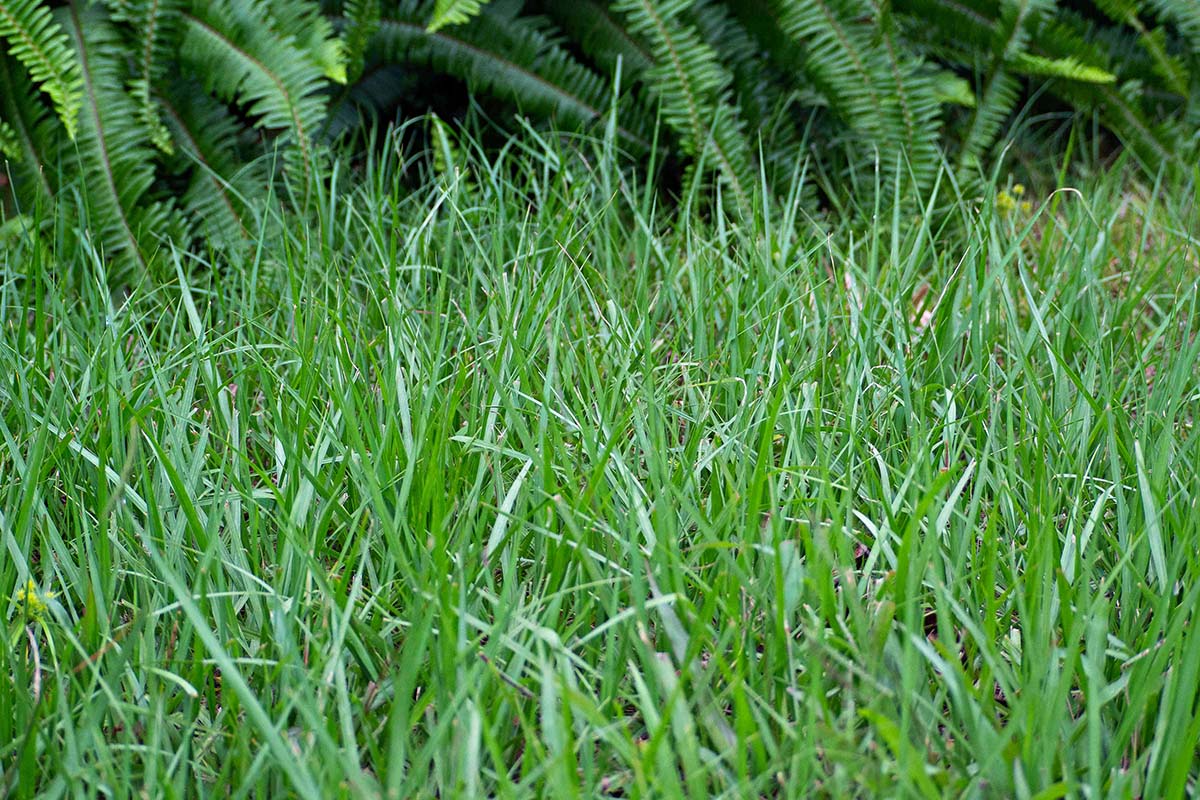

Garden Essentials
How Long Does It Take Bahia Grass To Germinate
Modified: April 23, 2024
Learn how long it takes for Bahia grass to germinate in your garden, and get helpful tips for successful growth.
(Many of the links in this article redirect to a specific reviewed product. Your purchase of these products through affiliate links helps to generate commission for Storables.com, at no extra cost. Learn more)
Introduction
Welcome to the world of gardening! Whether you’re a seasoned green thumb or a beginner, understanding the germination process of different grass varieties is crucial for a successful garden. One such grass variety that you may come across is Bahia grass.
Bahia grass, scientifically known as Paspalum notatum, is a warm-season perennial grass commonly found in tropical and subtropical regions. It is known for its durability, low maintenance requirements, and resilience in hot weather conditions. If you’re planning to grow Bahia grass in your garden, knowing how long it takes for the seeds to germinate is essential information.
Germination is the process by which a seed transforms into a seedling and starts to grow. It involves the activation of enzymes and the absorption of water that leads to the emergence of the radicle (the first root) and the shoot. Several factors influence the germination process of Bahia grass seeds, including environmental conditions, seed quality, and seed treatment methods.
In this article, we will delve deeper into the factors that affect Bahia grass germination, the ideal germination conditions, the timeline for germination, and some useful tips to promote successful germination. So, let’s dig in and discover the secrets of Bahia grass germination!
Key Takeaways:
- Bahia grass germination requires optimal soil temperature, moisture, and seed depth. Proper preparation, quality seeds, and monitoring are key for successful growth.
- Understanding common issues like poor seed quality, weed competition, and temperature extremes is crucial for overcoming challenges during Bahia grass germination.
Read more: How Long Does Bahia Grass Take To Germinate
What is Bahia Grass?
Bahia grass, also known as Paspalum notatum, is a warm-season perennial grass that belongs to the Poaceae family. It is native to South America but has become popular and widely cultivated around the world for its excellent tolerance to heat, drought, and sandy soil conditions. The grass has a coarse texture with long, slender blades and an attractive dark green color.
One of the standout features of Bahia grass is its incredible resilience. It can thrive in a variety of challenging environments and is well-suited for regions with hot, humid, and subtropical climates. This makes it a popular choice for lawns, pastures, and roadsides in the southern parts of the United States, including Florida, Texas, and coastal areas.
Bahia grass is highly valued for its ability to grow in poor soil conditions. It has a deep and extensive root system that allows it to access water and nutrients from deep within the soil, making it drought-tolerant and reducing the need for excessive watering. Additionally, its natural resistance to disease and pests further enhances its appeal as a low-maintenance grass option.
Aside from its adaptability, Bahia grass also offers other advantages. It has a dense growth habit, which helps to crowd out weeds and maintain a lush appearance. The grass can tolerate moderate foot traffic, making it suitable for areas that receive occasional use, such as family yards or parks. Bahia grass also has good shade tolerance, although it performs best in full sun.
When it comes to maintenance, Bahia grass is relatively low-care. It requires regular mowing to a height of 2.5 to 4 inches to promote healthy growth and reduce the occurrence of thatch. Additionally, proper fertilization and irrigation practices will help to maintain its vigor and vibrant color throughout the growing season.
Overall, Bahia grass is an excellent choice for homeowners, farmers, and landscapers seeking a resilient and hardy grass variety. Its ability to withstand adverse conditions and thrive in sandy or low-nutrient soils makes it a valuable asset in creating beautiful and sustainable landscapes.
Factors Affecting Bahia Grass Germination
The germination process of Bahia grass seeds is influenced by various factors that can either facilitate or hinder successful seedling emergence. Understanding these factors is essential for optimizing the germination conditions and increasing the chances of a robust and healthy lawn or pasture. Here are some key factors that affect Bahia grass germination:
- Soil Temperature: Bahia grass seeds require optimal soil temperatures for successful germination. The ideal temperature range for Bahia grass seed germination is between 75°F and 85°F (24°C and 29°C). Soil temperatures outside this range can delay or inhibit germination.
- Moisture Level: Adequate moisture is crucial for Bahia grass seed germination. The soil should be consistently moist, but not waterlogged, during the germination process. Dry or overly saturated soil can hinder seedling growth.
- Seed Depth: Bahia grass seeds should be planted at the appropriate depth to ensure proper germination. The recommended seed depth is approximately 1/4 inch (0.6 cm) to 1/2 inch (1.3 cm). Planting the seeds too shallow or too deep can impact germination rates and seedling establishment.
- Seed Quality: The quality of the Bahia grass seeds plays a vital role in germination success. High-quality seeds have a higher viability and are more likely to germinate compared to low-quality or damaged seeds. It is essential to purchase seeds from reputable suppliers to ensure good germination rates.
- Seed Exposure: Bahia grass seeds require direct contact with the soil for germination. Seeds that are not in contact with the soil or covered by excessive thatch may fail to germinate. Proper seed-to-soil contact can be achieved by raking or lightly rolling the seeded area.
- Weed Competition: Competing weeds can significantly impact Bahia grass germination and establishment. Weed seeds can outcompete Bahia grass seeds for resources and hinder their germination. Pre-emergent herbicides or manual weed removal before seeding can help minimize weed competition.
It is important to note that these factors interact with each other, and the optimal conditions for Bahia grass germination may vary depending on your specific location and environmental conditions. Monitoring and adjusting these factors will help create a favorable environment for Bahia grass seed germination and ensure the successful establishment of a healthy and vibrant lawn or pasture.
Ideal Germination Conditions for Bahia Grass
To achieve successful germination of Bahia grass seeds, it is important to create and maintain the ideal conditions for seedling emergence. Providing the optimal environment will greatly increase the chances of a healthy and lush lawn or pasture. Here are the key factors to consider when establishing the ideal germination conditions for Bahia grass:
- Soil Preparation: Before planting Bahia grass seeds, it is essential to prepare the soil properly. Start by clearing the area of any debris, rocks, or weeds. Loosen the soil to a depth of 4 to 6 inches (10 to 15 cm) using a garden tiller or a rake. This will promote better water drainage and root penetration.
- Soil pH: Bahia grass thrives in slightly acidic to neutral soil conditions. The ideal soil pH range for Bahia grass is between 5.5 and 7.5. Conduct a soil test to determine the pH level of your soil and make any necessary adjustments by adding lime to raise the pH or sulfur to lower the pH.
- Seeding Time: The best time to sow Bahia grass seeds is during the warm-season months when soil temperatures are consistently within the range of 75°F to 85°F (24°C to 29°C). Planting Bahia grass in early spring or late summer to early fall can optimize germination success.
- Proper Seeding Rate: Follow the recommended seeding rate for Bahia grass, which is typically 5 to 10 pounds of pure live seed per 1,000 square feet (230 to 460 grams per square meter). Using higher or lower seeding rates can affect seedling density and overall establishment of the grass.
- Seedbed Moisture: Adequate moisture is critical for Bahia grass seeds to germinate. Keep the seeded area consistently moist but not waterlogged. Lightly water the area after seeding and continue to water as needed to maintain moisture until the seeds germinate and establish.
- Seedbed Coverage: Ensure proper seed-to-soil contact by lightly raking the surface after seeding. This will help the seeds make direct contact with the soil, promoting germination. Avoid burying the seeds too deep or leaving them exposed on the surface, as it can hinder germination.
- Protection from Erosion: Prevent soil erosion by covering the seeded area with a thin layer of straw or mulch. This will help retain moisture, protect the seeds from extreme temperatures, and prevent the soil from eroding during heavy rainfall or irrigation.
- Regular Watering: Once the Bahia grass seeds have germinated, continue to provide regular and adequate watering. Water deeply to encourage deeper root growth and promote a healthier and more resilient lawn or pasture.
By considering these ideal germination conditions and implementing them in your Bahia grass establishment process, you will create an environment that encourages strong seedling emergence and sets the foundation for a thriving and attractive Bahia grass lawn or pasture.
Bahia grass typically takes 10-14 days to germinate when the soil temperature is consistently above 65°F. Keep the soil moist during this time to help the seeds germinate.
Germination Timeline of Bahia Grass
The germination timeline of Bahia grass can vary based on factors such as temperature, moisture, seed quality, and seedbed preparation. Understanding the typical timeline for germination will help you monitor the progress of your Bahia grass seeds and plan accordingly. Here is a general timeline of the germination process for Bahia grass:
- Days 1-7: After sowing Bahia grass seeds, the germination process begins. During the first week, the seeds absorb moisture from the soil, initiating metabolic activity. It is important to keep the seeded area consistently moist but not waterlogged to support germination.
- Days 7-14: In this stage, you may start to see the emergence of the radicle, which is the first root of the seedling. The radicle extends downward into the soil while the shoot remains underground. The seeds continue to absorb water and nutrients for growth during this time.
- Days 14-21: The shoot emerges from the soil, and the first visible grass blades begin to appear. As the seedlings continue to grow, the roots develop and spread. It is important to provide adequate sunlight, water, and nutrients to support healthy seedling development.
- Days 21-28: By this stage, the Bahia grass seedlings start growing more vigorously, and the number of visible grass blades increases. The roots continue to expand and establish a stronger hold in the soil. Regular watering and fertilization will help ensure further growth and development.
- Weeks 4-6: The grass seedlings continue to mature, and the density of the lawn or pasture increases. The grass blades become thicker and more abundant, resulting in a denser coverage. Be mindful of weeds during this stage and take steps to control them to encourage the growth of Bahia grass.
- Weeks 6-8: By this time, the Bahia grass seedlings have established themselves and are well on their way to forming a mature lawn or pasture. Regular mowing can be initiated to encourage lateral growth and promote density. Proper maintenance practices, including watering, fertilization, and pest control, will help maintain the health and appearance of the grass.
It’s important to note that the exact germination timeline of Bahia grass can be influenced by various factors, including environmental conditions and the specific variety of Bahia grass being grown. Additionally, individual seeds within a batch may have slightly different germination rates and timelines. Monitoring the progress of germination and providing the necessary care and maintenance will ensure the best possible results for your Bahia grass lawn or pasture.
Tips for Promoting Bahia Grass Germination
To maximize the germination success of Bahia grass seeds and establish a healthy and vibrant lawn or pasture, it is important to follow some key tips and best practices. These tips will help create optimal conditions for seedling emergence and support the early growth stages. Here are some valuable tips for promoting Bahia grass germination:
- Prepare the soil: Before sowing Bahia grass seeds, ensure that the soil is properly prepared. Remove any existing vegetation, rocks, or debris from the area. Loosen the soil with a garden tiller or rake to provide a loose and well-drained seedbed.
- Choose high-quality seeds: Purchase Bahia grass seeds from a reputable supplier to ensure good quality and high viability. Good quality seeds have a higher chance of germination success and healthy seedling development.
- Sow at the recommended depth: Plant the Bahia grass seeds at the appropriate depth, usually 1/4 inch to 1/2 inch deep. This will ensure proper seed-to-soil contact and enable the seeds to access necessary moisture and nutrients for germination.
- Keep the soil consistently moist: Bahia grass seeds require consistently moist soil for successful germination. Water the area lightly after planting and continue to provide regular irrigation to keep the soil moist but not waterlogged. Do not let the soil dry out during the critical germination stage.
- Maintain optimal temperature: Bahia grass seeds germinate best within a temperature range of 75°F to 85°F (24°C to 29°C). Monitor the soil temperature and plan your seeding time accordingly to ensure the seeds have the warm conditions they need for successful germination.
- Protect from birds and pests: Birds and other pests can be attracted to the exposed seeds and may feed on them, hindering germination. Consider covering the seeded area with a lightweight netting or using scare tactics like reflective tape or decoys to deter birds and protect the seeds.
- Avoid excessive foot traffic: Minimize foot traffic on the newly seeded area to prevent seed disturbance. Excessive walking or heavy machinery can displace the seeds and disrupt the germination process. Place temporary barriers or signs to discourage foot traffic until the seedlings are well-established.
- Monitor and adjust as needed: Regularly inspect the seeded area for any signs of problems such as soil erosion, weed growth, or diseases. Take immediate action to address any issues that may negatively affect germination and seedling establishment.
By implementing these tips, you can maximize the chances of successful Bahia grass germination. Remember to provide the optimal conditions of moisture, temperature, and seedbed preparation, while also protecting the seeds from external threats. With proper care and attention, you will soon enjoy a beautiful and resilient Bahia grass lawn or pasture.
Common Problems and Solutions during Bahia Grass Germination
During the germination process of Bahia grass, certain problems may arise that can hinder the success of seedling emergence. Understanding these common issues and having solutions at hand will help you overcome challenges and promote optimal germination. Here are some common problems and their solutions during Bahia grass germination:
- Poor seed quality: Using low-quality or old seeds can result in low germination rates. To ensure success, purchase high-quality Bahia grass seeds from reputable suppliers. Check the seed packaging for information on germination rates and the seed’s freshness.
- Weed competition: Weeds can compete with Bahia grass seeds, inhibiting their germination and growth. Before sowing the grass seeds, eliminate existing weeds by manual removal, applying herbicides, or using a pre-emergent herbicide specifically formulated for Bahia grass to control weed growth.
- Inadequate soil preparation: Insufficient soil preparation can lead to poor drainage, compacted soil, or seedbed inconsistencies. Prior to sowing Bahia grass seeds, ensure proper soil preparation by removing debris, breaking up compacted soil, and leveling the area to ensure a suitable seedbed.
- Overwatering or underwatering: Incorrect watering practices can affect germination. Overwatering can lead to waterlogged soil, inhibiting germination, while underwatering can cause dry soil, preventing seeds from absorbing necessary moisture. Maintain consistent moisture levels by watering lightly and frequently, keeping the soil consistently moist but not saturated.
- Incorrect seed depth: Planting Bahia grass seeds too deep or too shallow can hinder germination rates. Follow the recommended seed depth, usually around 1/4 to 1/2 inch deep, to ensure proper seed-to-soil contact for successful germination. Rake the soil lightly after sowing to achieve good seed coverage.
- Seedbed erosion: Soil erosion can wash away seeds or expose them to unfavorable conditions, affecting germination. To prevent erosion, cover the seeded area with a thin layer of straw or mulch, which helps retain moisture and protect the seeds from heavy rainfall or irrigation. Alternatively, use erosion control blankets to stabilize the soil.
- Pests and diseases: Pests, such as birds, insects, and rodents, can damage Bahia grass seeds during germination. Protect the seeded area by using bird netting, scare tactics, or applying appropriate pest control measures. Additionally, keep an eye out for signs of diseases and take prompt action by using fungicides if necessary.
- Temperature extremes: Bahia grass seeds require optimal soil temperatures for germination. Extreme temperatures, either too hot or too cold, can impede germination. Ensure proper timing by sowing seeds during the recommended warm-season months when soil temperatures are consistently within the range of 75°F to 85°F (24°C to 29°C).
By being aware of these common problems and having solutions in place, you can address challenges that may arise during Bahia grass germination. Proper seed selection, soil preparation, watering practices, pest and weed control, and monitoring for potential issues will help facilitate successful germination and establishment of a healthy and vibrant Bahia grass lawn or pasture.
Conclusion
Growing Bahia grass from seed is an exciting venture that can lead to a beautiful and resilient lawn or pasture. By understanding the factors that affect Bahia grass germination, ideal germination conditions, and common problems that may arise, you can ensure a successful germination process and set the stage for a thriving grassy area.
From preparing the soil to choosing high-quality seeds, providing optimal moisture, and managing potential issues like weed competition and seedbed erosion, each step contributes to the overall success of Bahia grass germination. By following best practices and implementing the tips outlined in this article, you can increase the likelihood of a successful germination process and seedling establishment.
Remember that Bahia grass germination is influenced by various factors, including temperature, moisture, seed quality, and seedbed preparation. It is important to monitor the progress of germination and make necessary adjustments to ensure the seeds have the best chance of thriving. Additionally, proper maintenance practices after germination, such as regular watering, mowing, and fertilization, will help establish a healthy and vibrant Bahia grass lawn or pasture.
Whether you’re planning to grow Bahia grass for a lush home lawn or for a resilient pasture, the effort and care put into the germination process will greatly impact the final results. Patience, attention to detail, and consistent nurturing will pay off as you witness the emergence of lush green seedlings and the transformation of your outdoor space.
So, roll up your sleeves, gather your tools, and get ready to embark on the journey of Bahia grass germination. With the knowledge and guidance provided in this article, you are well-equipped to take on the task and create a stunning Bahia grass landscape that will bring joy and beauty for many years to come.
Frequently Asked Questions about How Long Does It Take Bahia Grass To Germinate
Was this page helpful?
At Storables.com, we guarantee accurate and reliable information. Our content, validated by Expert Board Contributors, is crafted following stringent Editorial Policies. We're committed to providing you with well-researched, expert-backed insights for all your informational needs.
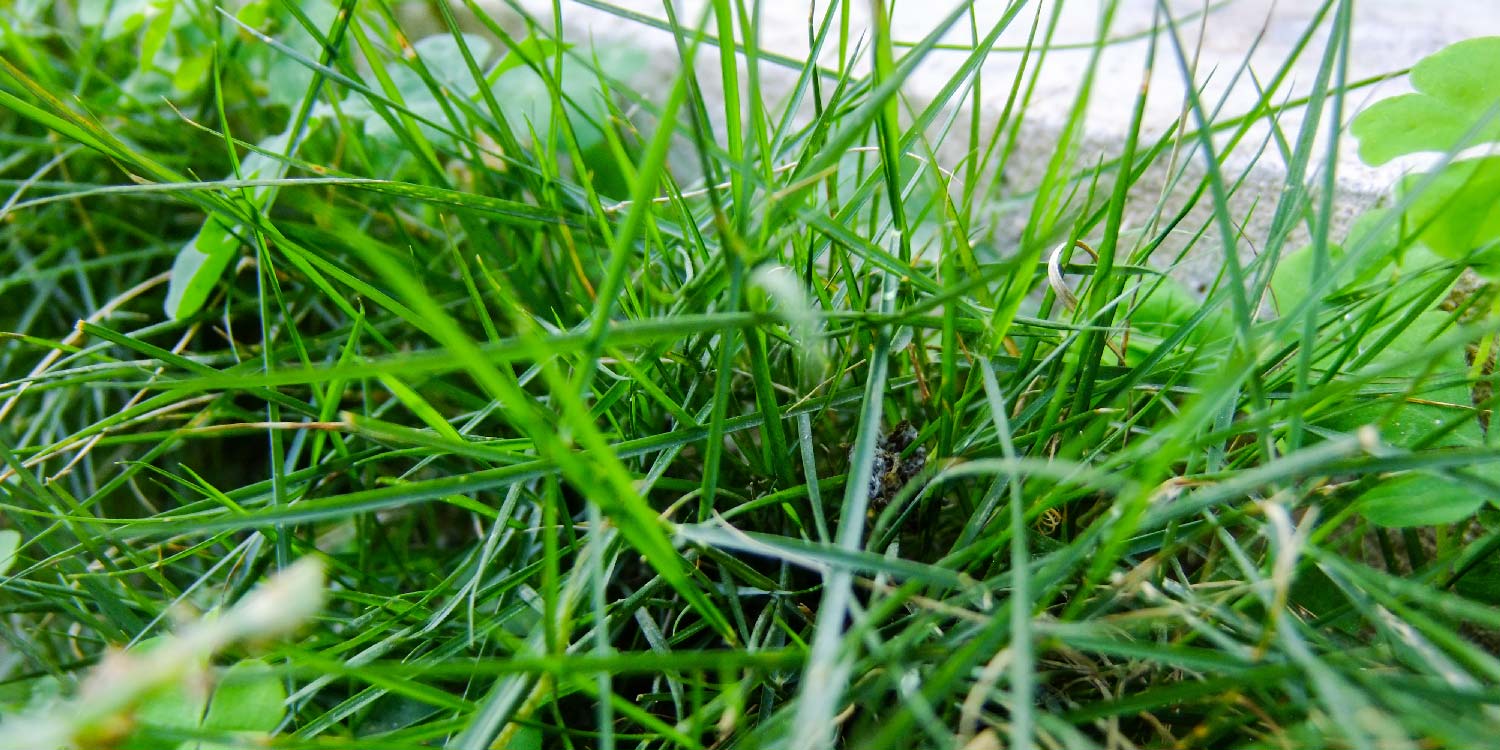
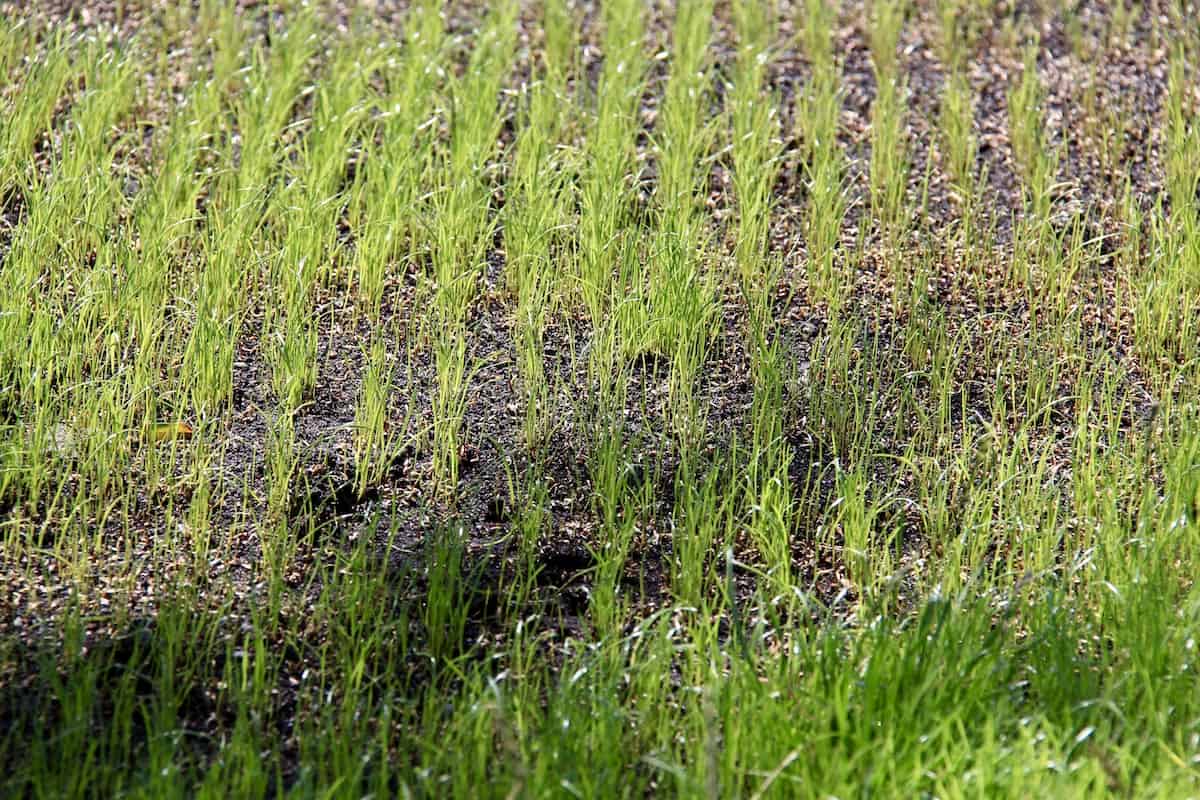
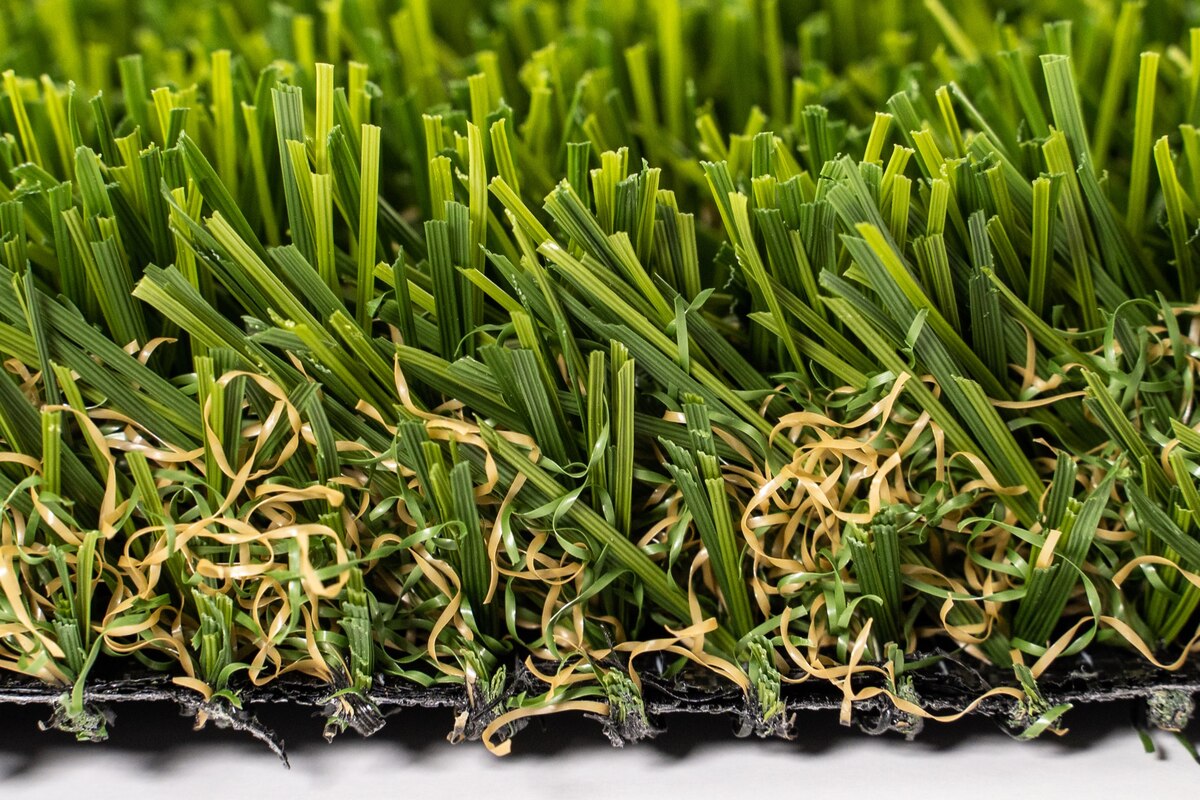
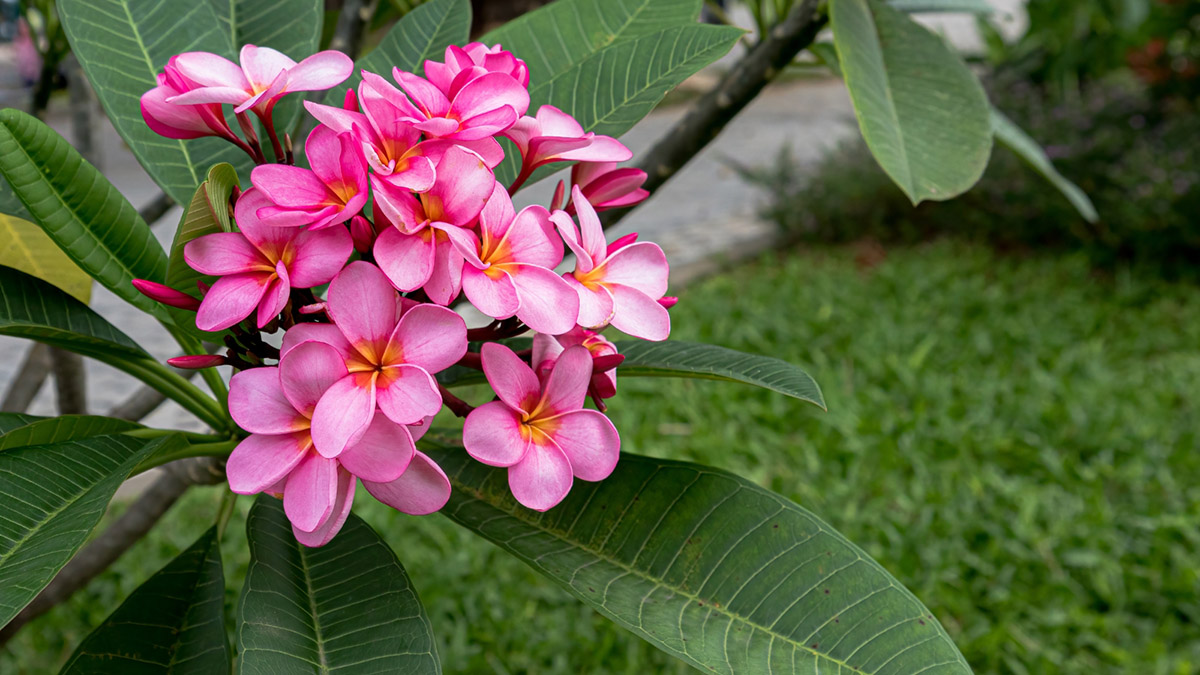
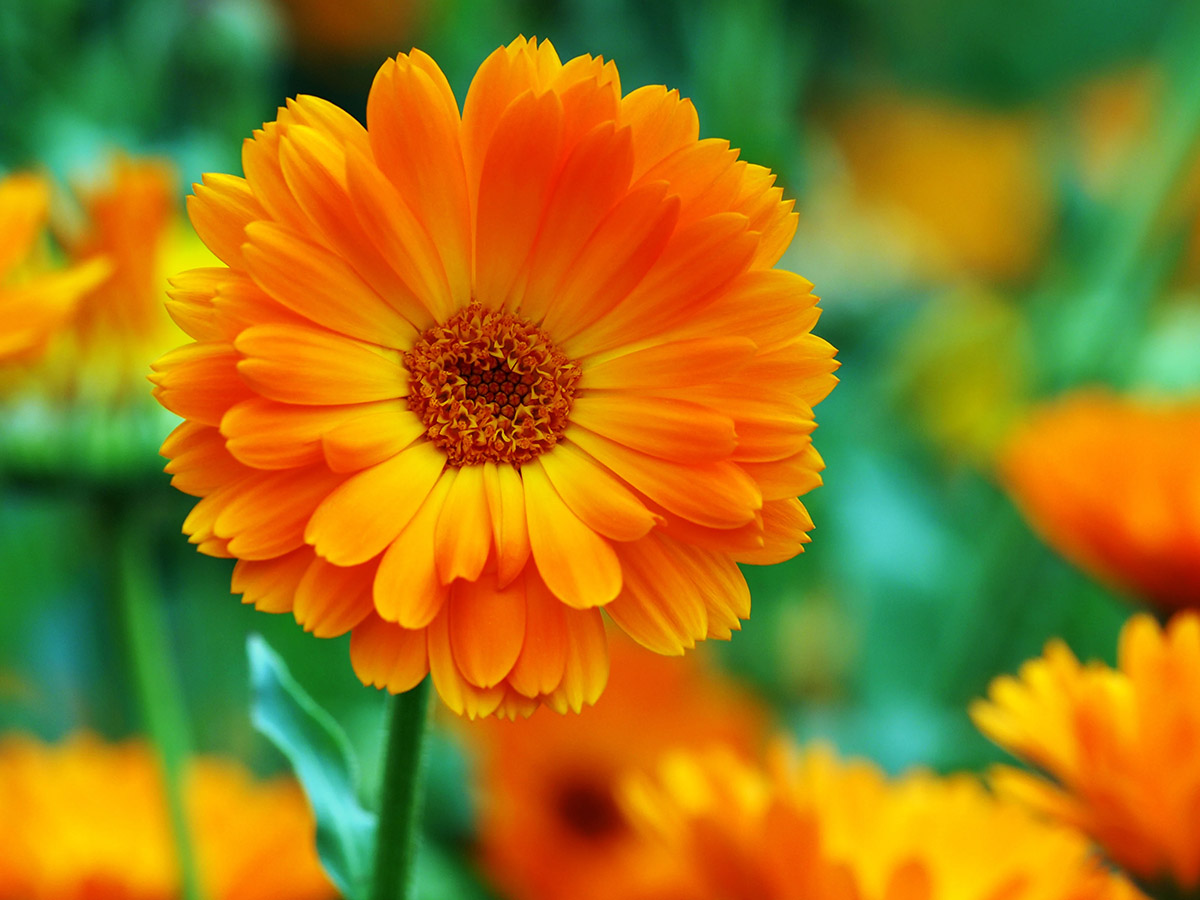
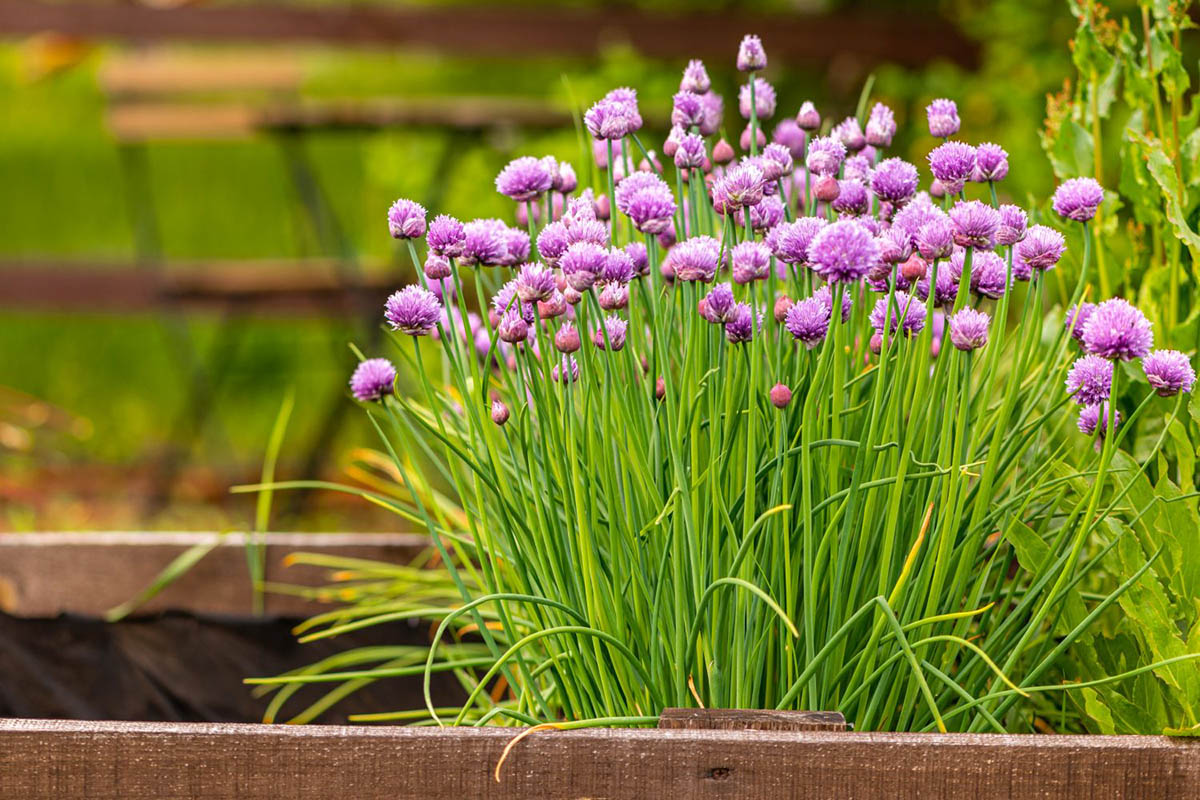
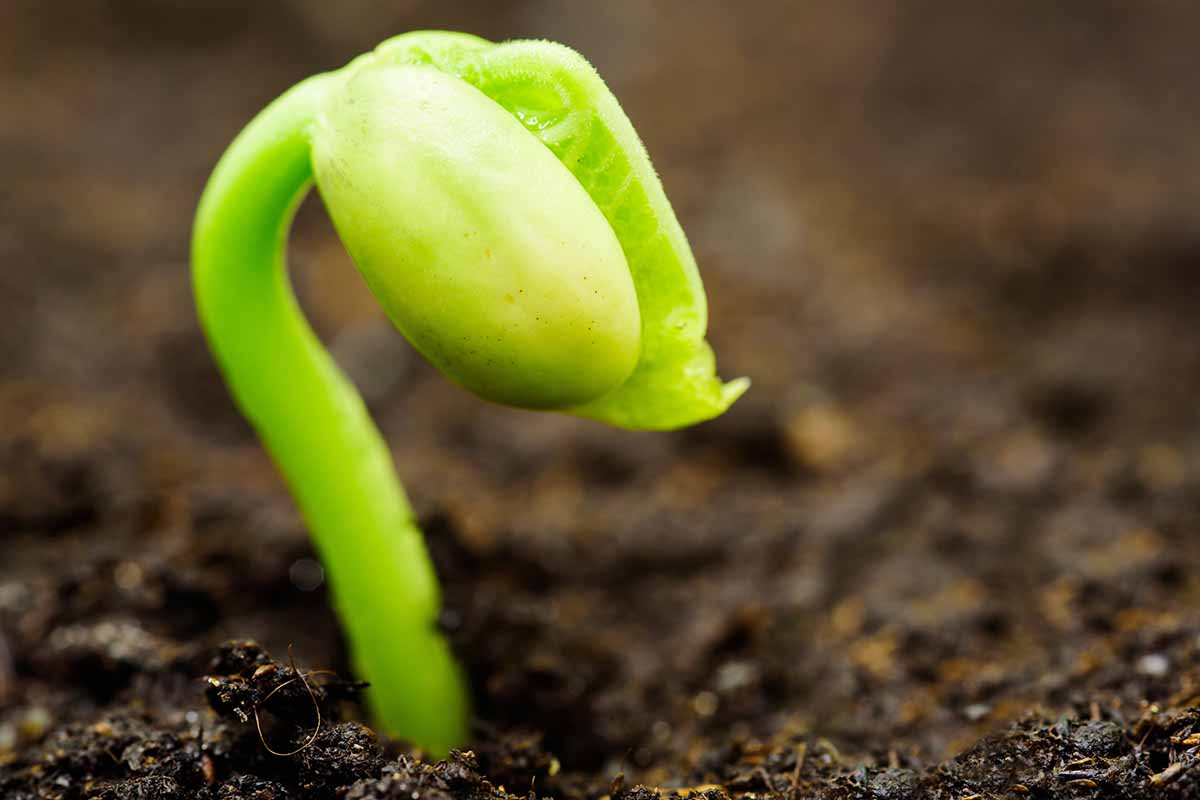
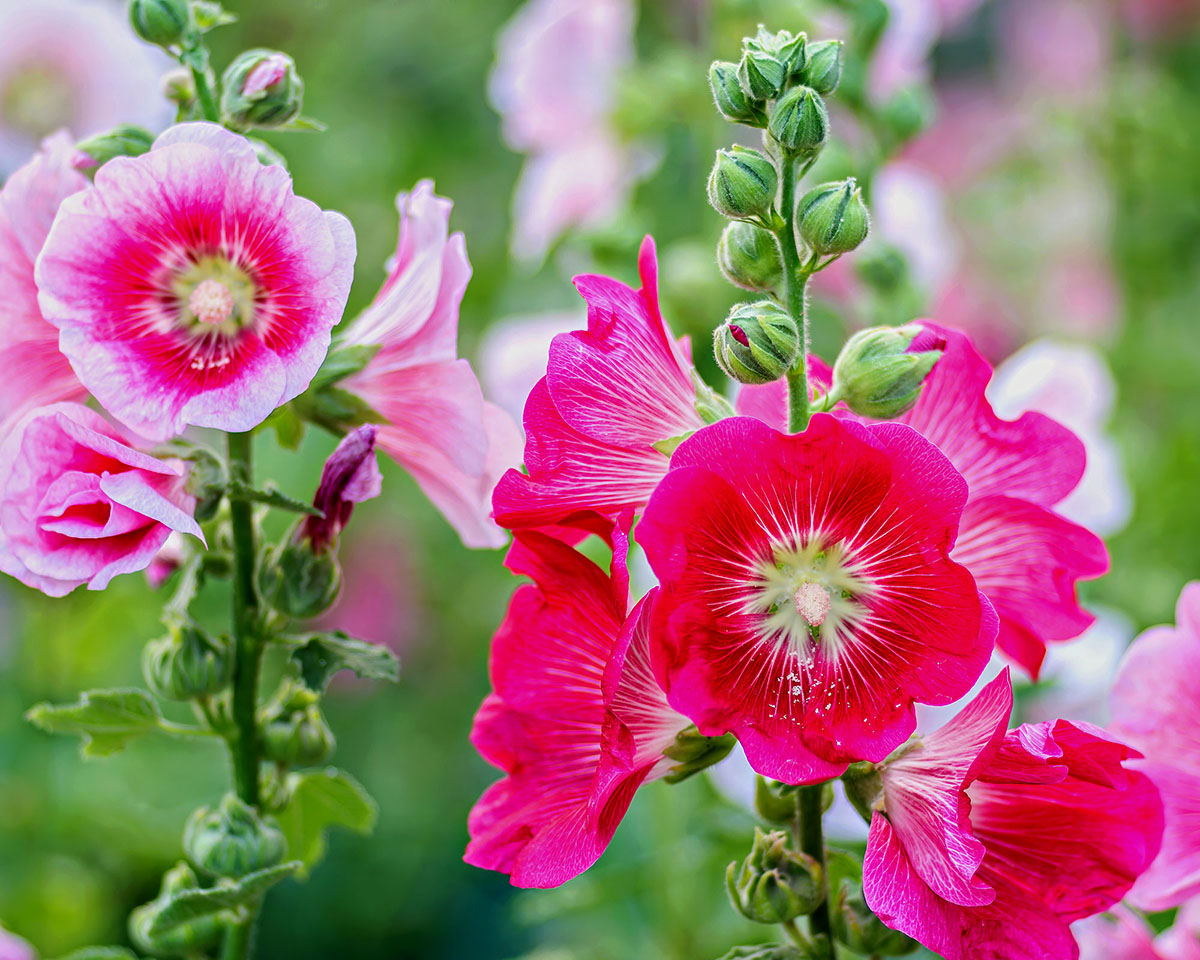
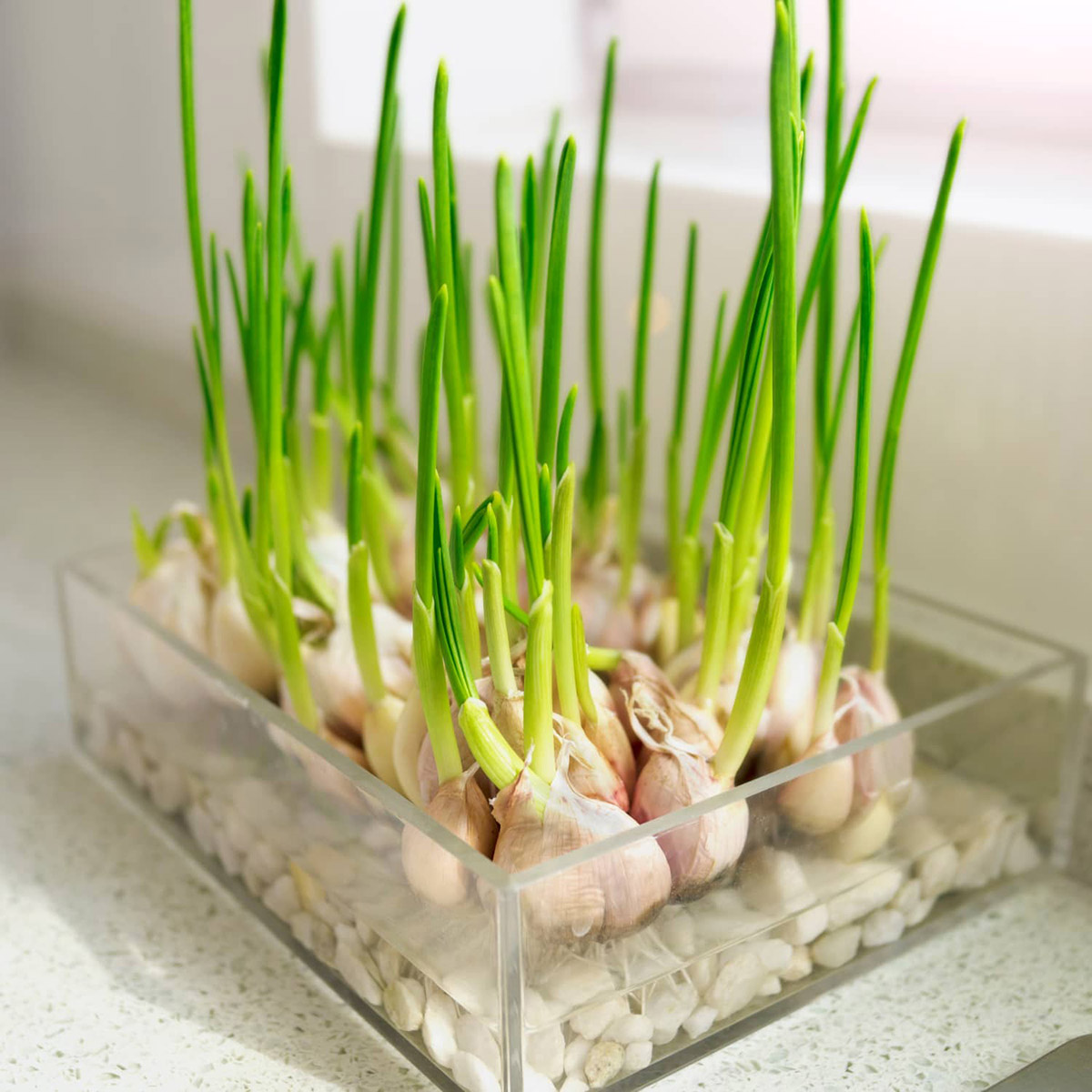
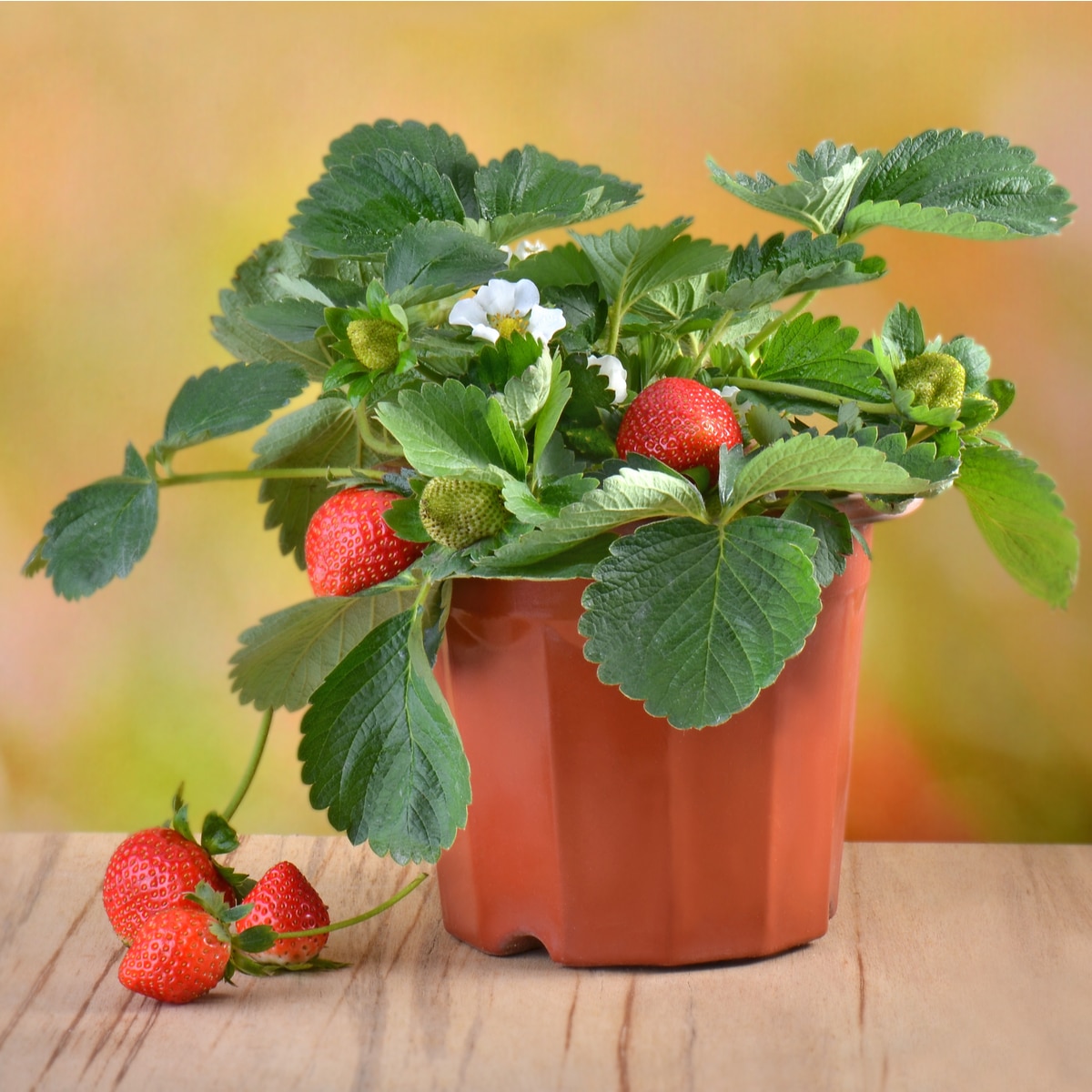
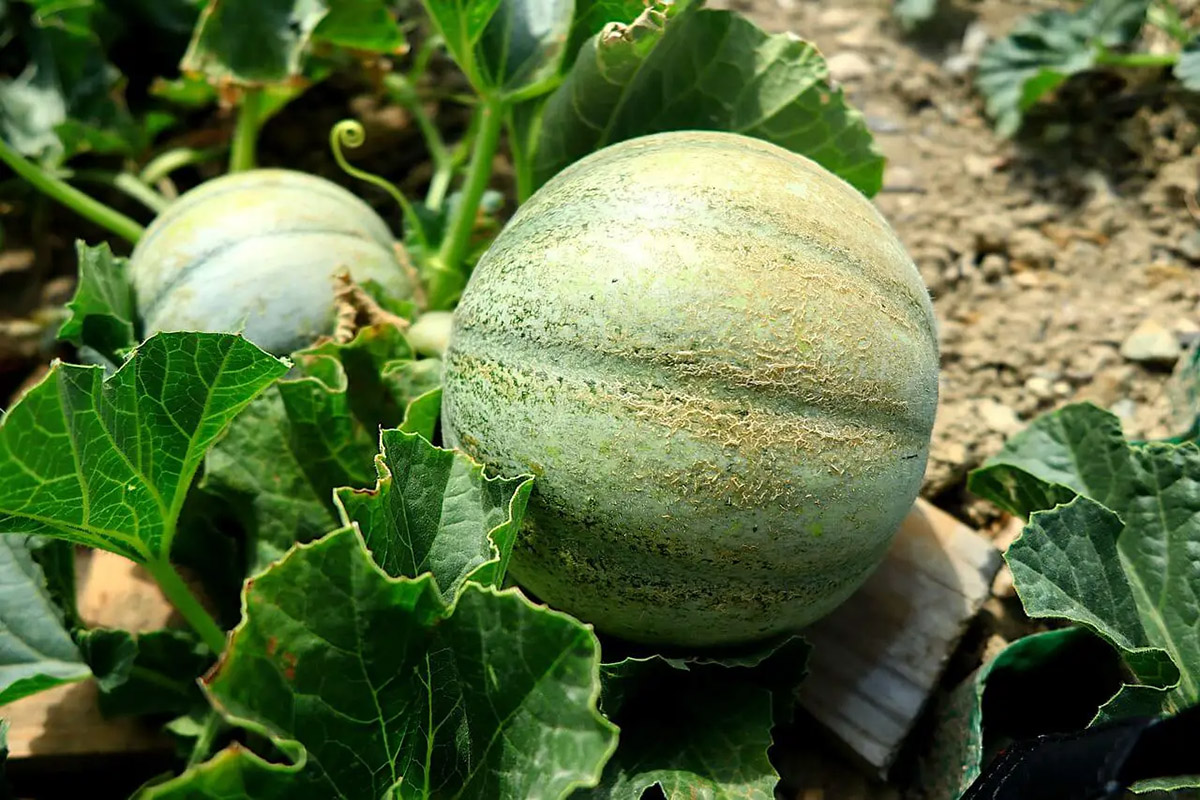
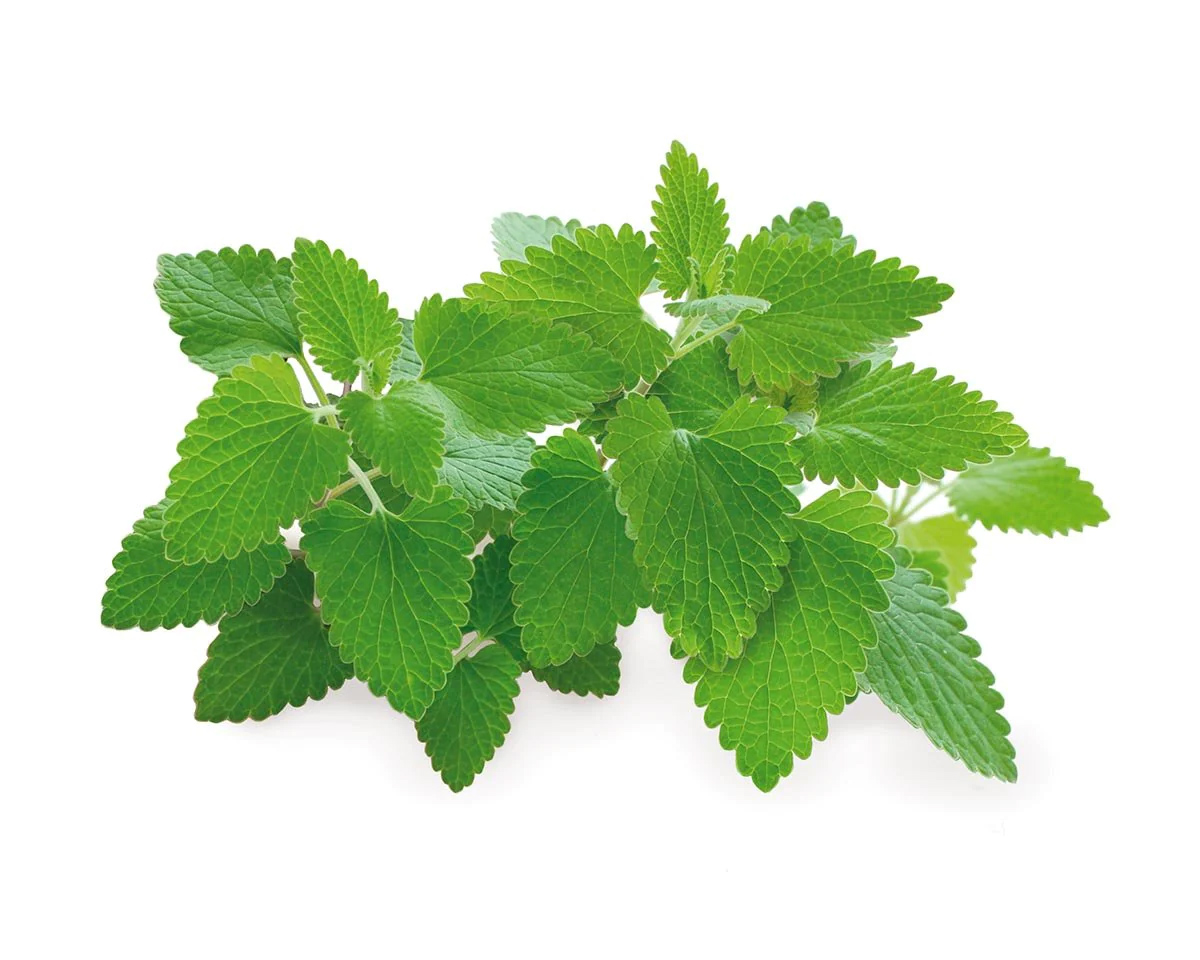
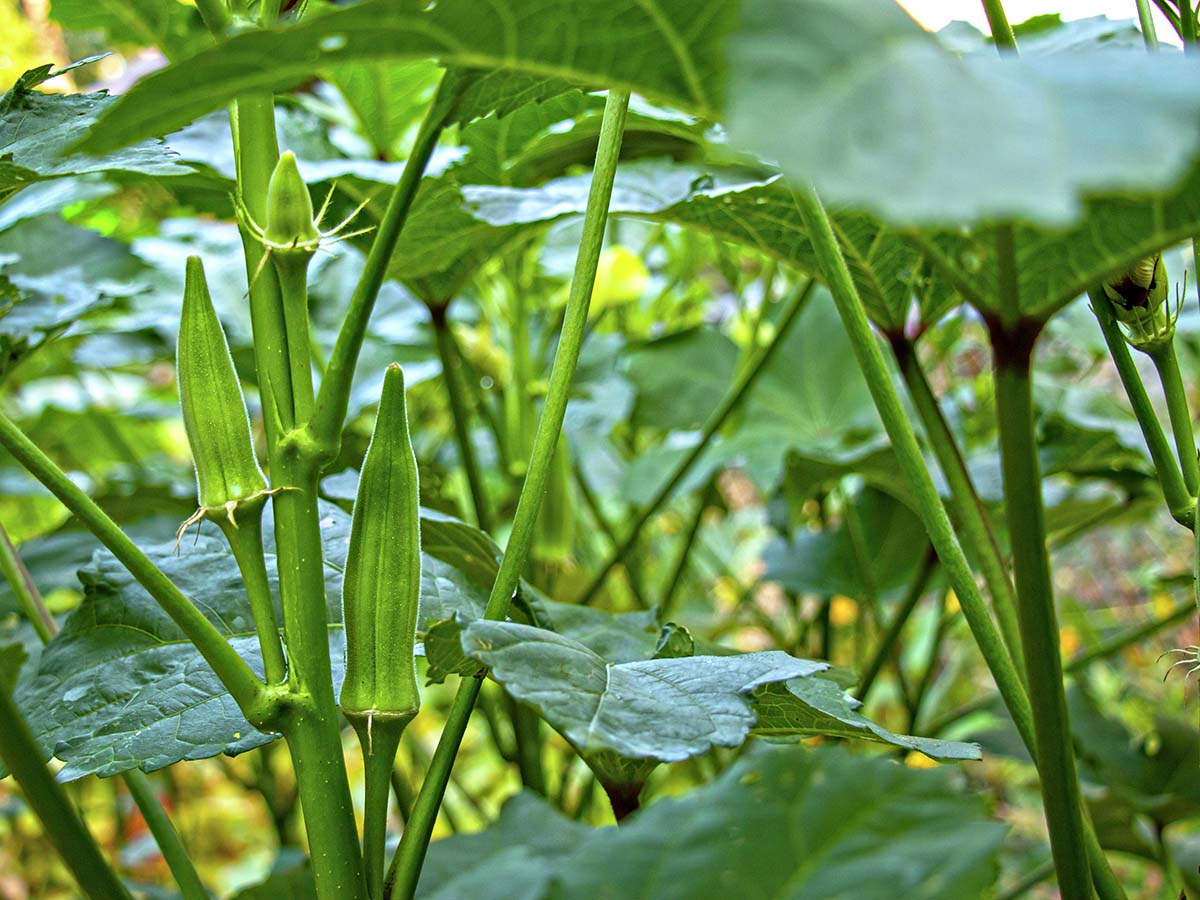
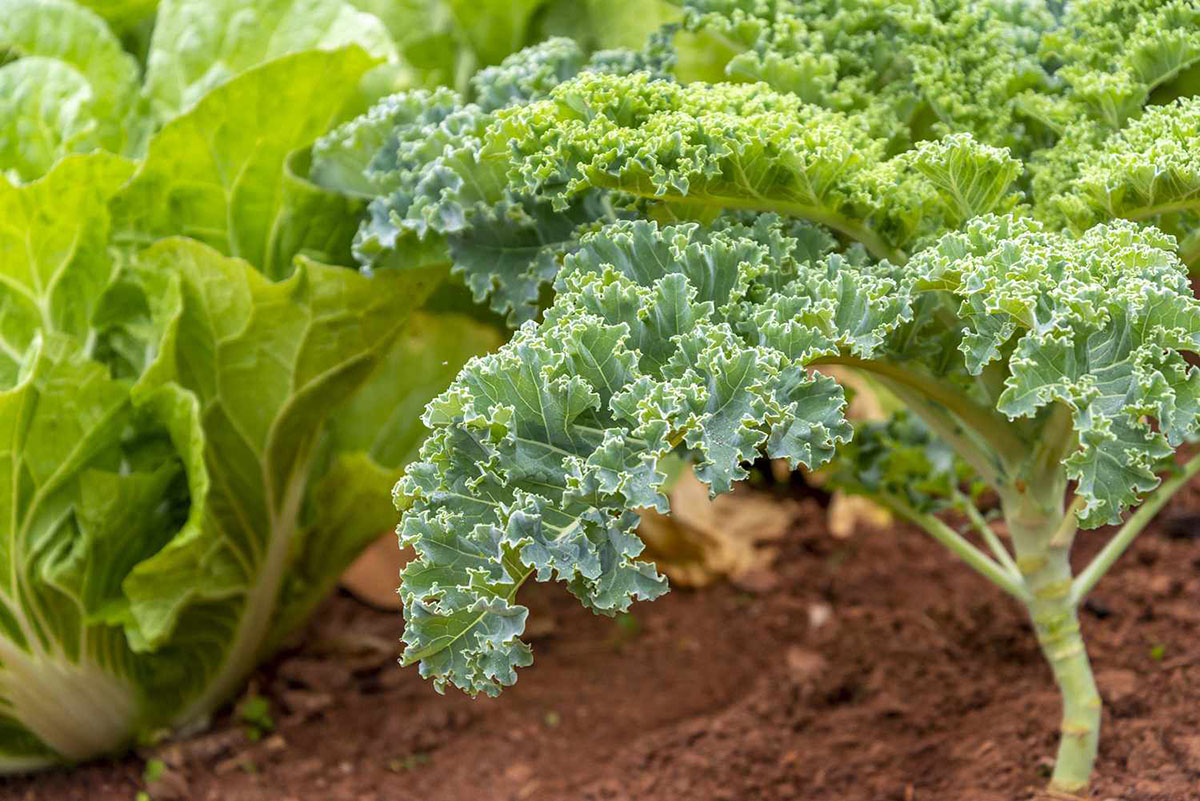

0 thoughts on “How Long Does It Take Bahia Grass To Germinate”